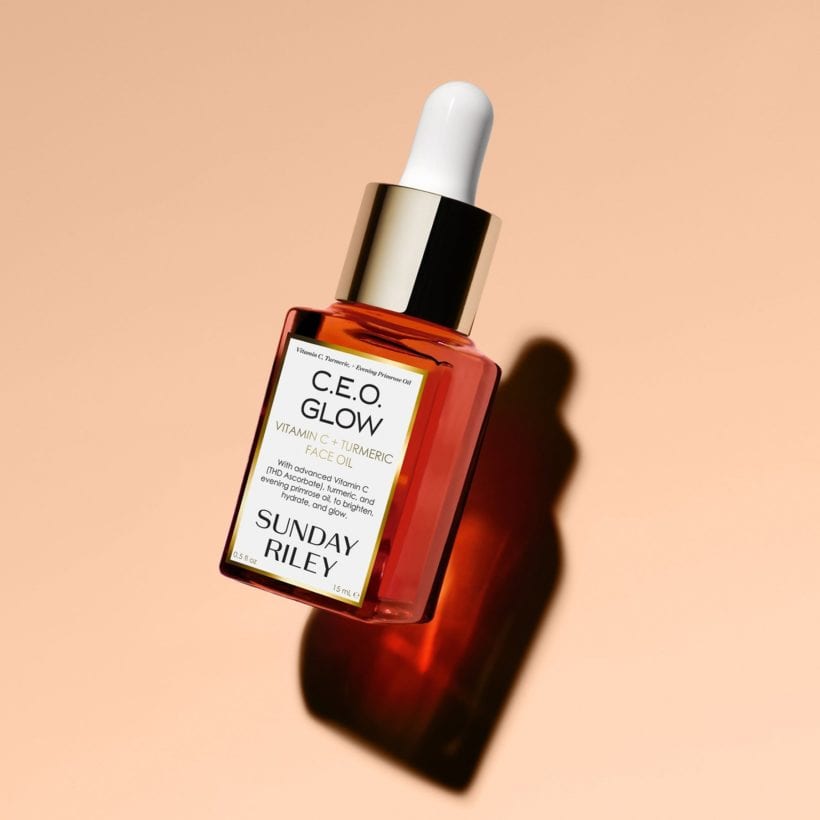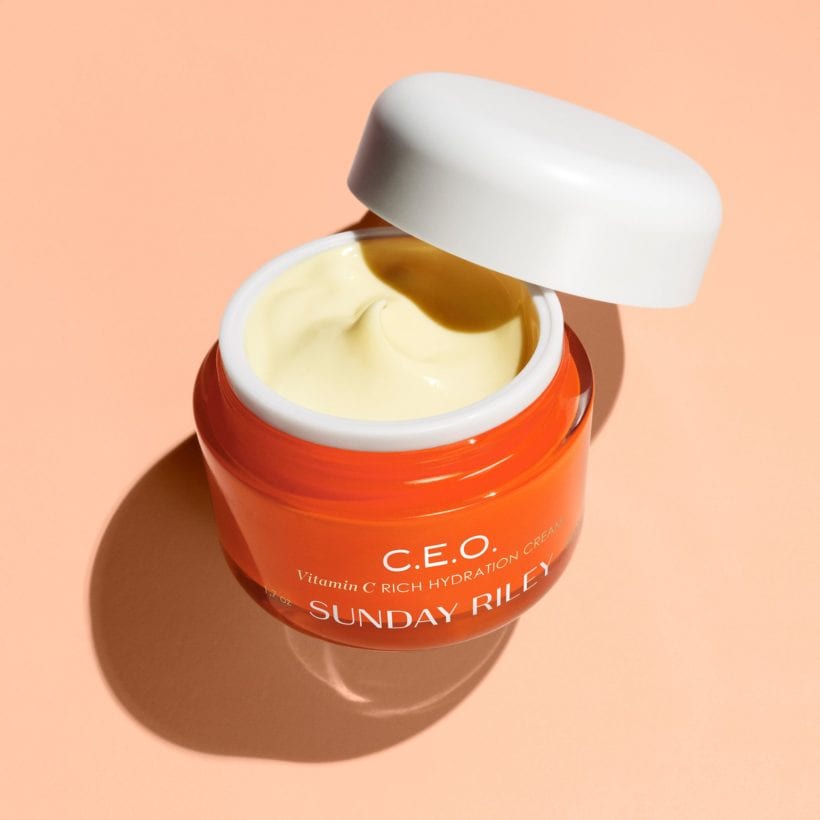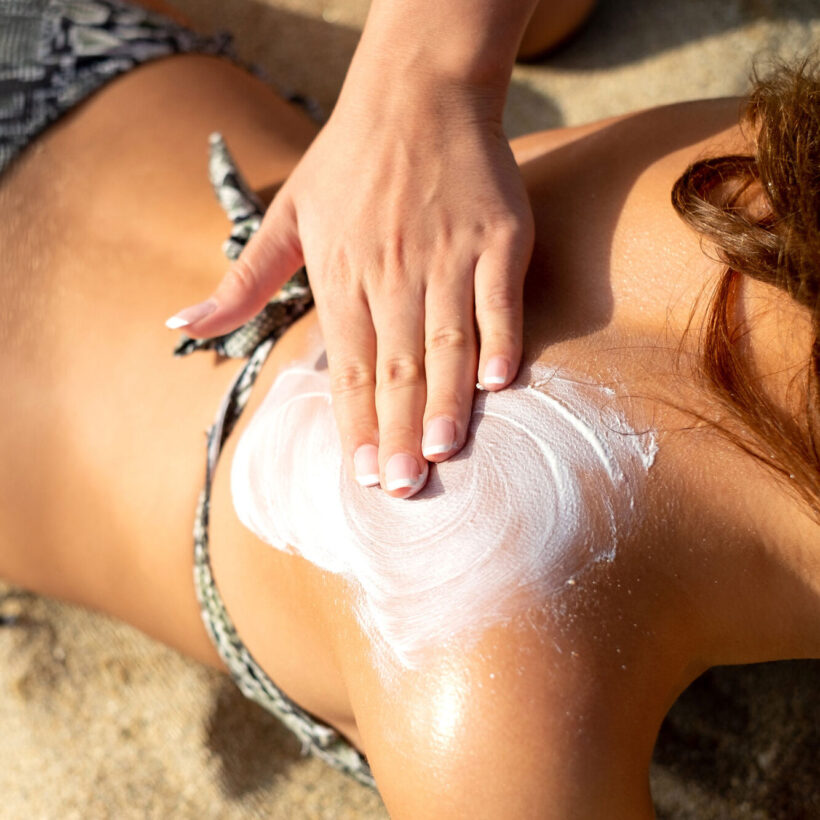Everyone’s been in a situation where they open the fridge only to find that their favorite pasta salad expired three days ago. You have that split second where you think it might still be okay to eat, but you give it a sniff, and no, it definitely needs to be tossed out. These expiration dates for your food and drinks are important, as they can help protect you from unpleasant symptoms or illness. What you might not realize is that your beauty products, too, come with an expiration date. But, since they’re only being applied topically, you might wonder if you really need to toss them when the packaging tells you to.
The short and sweet answer is: yes, skincare and cosmetics products expire. While an expired beauty product won’t make you sick to your stomach the way consuming old yogurt might, these dates are still worth paying attention to, according to dermatologists. An expired product won’t be as effective as a brand new one. “Specific expiration dates are stamped on a container to indicate the stability of the active ingredients in a product and help indicate how long they remain effective,” explains Erum Ilyas, M.D. This is FDA regulated. This can be especially important for products like sunscreen. If you use one past its prime, you can think your skin is being protected from the sun when it’s not, which can cause sunburn and irritation.

What tends to keep beauty products fresh for longer is preservatives that can help reduce the risks associated with microbes that can be introduced into the container. “Microbes can enter a product through several paths, including if a product squeezes out of a tube or bottle with a narrow opening, or if the product requires dipping our fingers or applicator devices,” Dr. Ilyas says. “Products applied to areas such as lips or armpits will come into direct contact with areas where bacteria, yeast, and viruses are commonly found.”
Over time, a beauty product’s chemical makeup may change, which could lead to some unpleasant symptoms, including contact dermatitis, which may present with red, itchy, scaly, swollen patches on the skin, notes Brendan Camp, M.D.
All in all, these expiration dates are in place to protect and guide us consumers. Unfortunately, in the U.S., there are no laws, regulations or standards that indicate how long a certain product can sit on store shelves or the timeline of expiration dates, per the Food & Drug Administration. Therefore, the responsibility of creating and adhering to expiration dates is entirely up to the manufacturers of these products, which is one reason to purchase from trusted and ethical brands.
It’s important to recognize that some skincare ingredients go bad sooner than others. To help ensure that you’re using your beauty products safely, here is our general guide, plus some key indicators below that it’s time to toss your products whether or not they’re “expired.”
It’s separated

Suppose you notice that a certain beauty product, whether a foundation or a moisturizer, is no longer uniform in its consistency. In that case, it usually means that the oil and water components of that product no longer mix. Unfortunately, this often means that the product is no longer fit for use, as the oil sits on top of the water, not allowing you to use the two necessary ingredients together. This is certainly an indication that the product is past its prime, says Dr. Camp.
It has a bad smell
Nothing you use on or in your body should have an unpleasant smell, as this usually indicates that a product is no longer good and has expired. “Products may develop a smell because of the degradation of ingredients or contamination,” says Dr. Camp. If any product, whether a face cream or mascara, has an unpleasant odor, toss it. If it has an unpleasant odor from the first time you open the container, consider contacting the manufacturer to understand whether this is normal for the product.
It changed colors
If a product acquires a different color, it may be an indication it has expired, according to Dr. Camp. “Color change may result from pigment breakdown or oxidation of the product after repeated exposure to air.” A good example of this is a vitamin C-containing product. When vitamin C goes bad, it tends to turn a brown shade that is different from the one you saw when you first purchased the product, notes Dr. Camp. If this is the case, tossing out the product altogether is a good idea, as it likely won’t be effective.
It changed texture
Changes in texture may suggest a product should be replaced. “When a product transforms from one that can retain structure to one that is drippy and runny, it indicates that the ingredients have turned,” says Dr. Camp.
Storing products properly can be important to maintain preservation. “For example, products containing vitamin C should be stored away from direct sunlight (and ideally in dark glass or opaque packaging) as forms of the ingredient are unstable under light,” says Blair Murphy-Rose, M.D.
Suppose at any point you notice skin irritation occurs after using a product. In that case, it’s a good idea to contact your board-certified dermatologist, who can help you determine the cause of the rash and prescribe appropriate treatment.
We only recommend products we have independently researched, tested, and loved. If you purchase a product found through our links, Sunday Edit may earn an affiliate commission.











